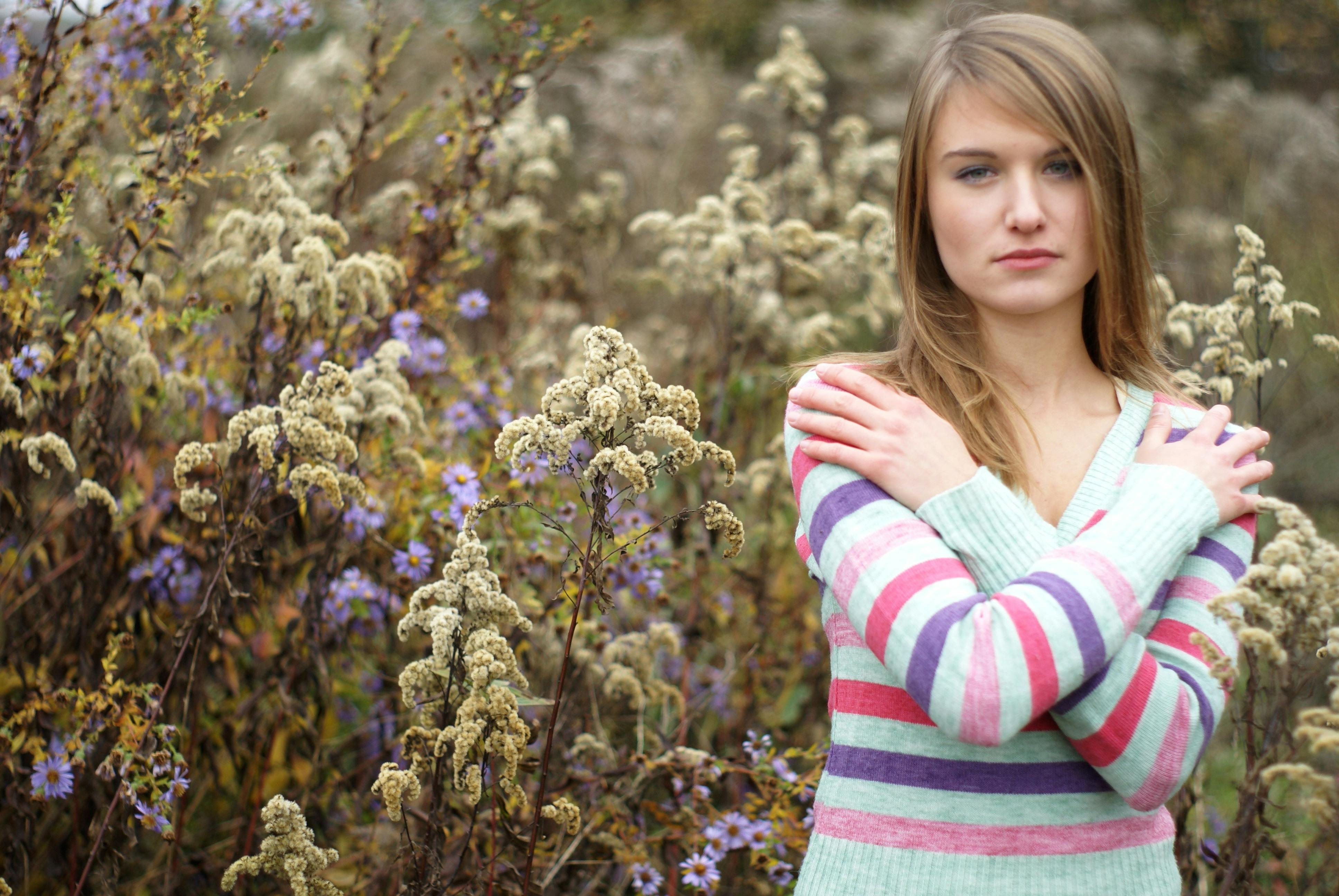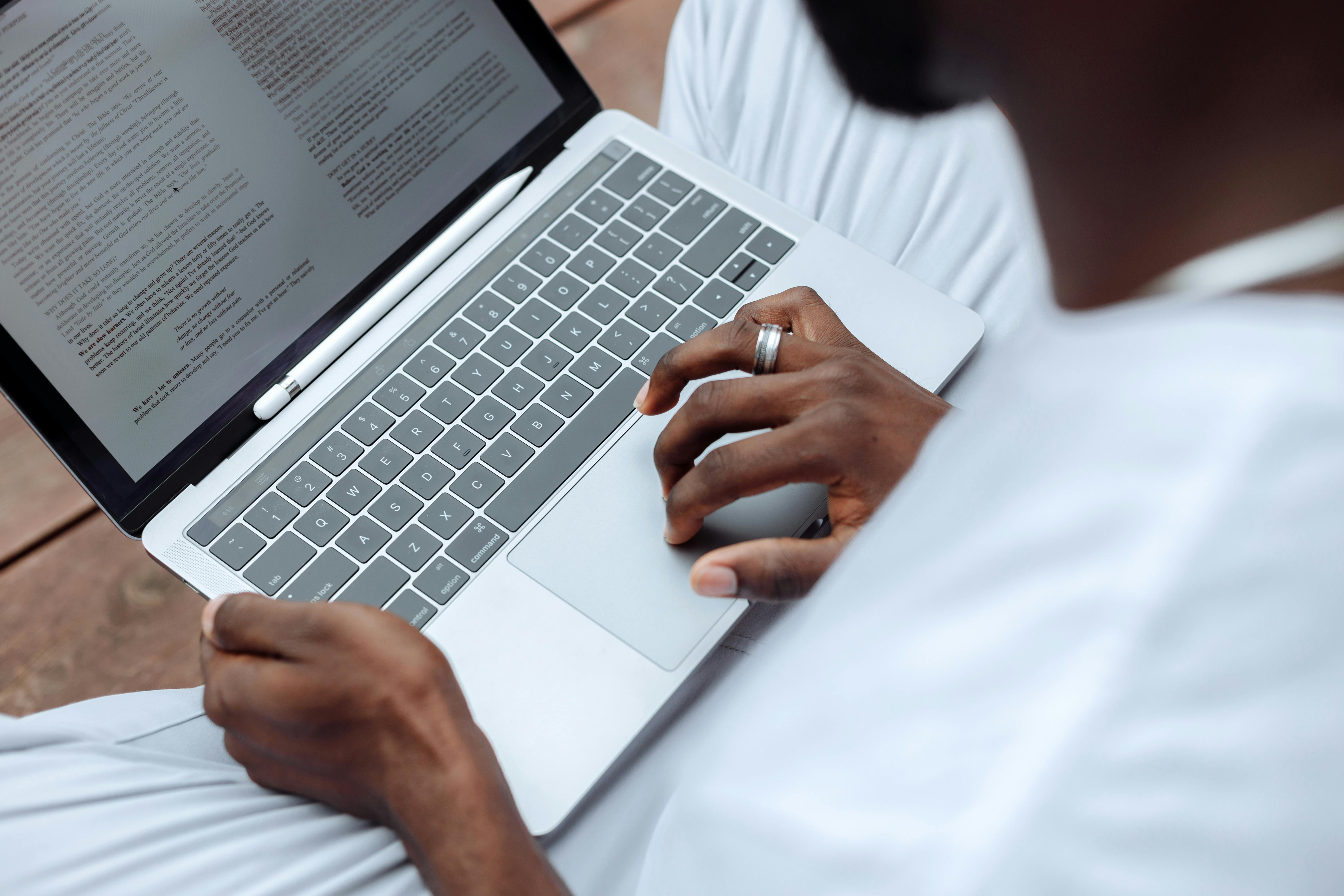Smart Guide to Effective Use of Generative Fill in Photoshop 2025: Enhance Your Creative Projects
In the evolving landscape of digital artistry, Photoshop remains a game-changer, continuously integrating innovative features to meet the demands of creative professionals. One such revolutionary feature is the generative fill, which harnesses the power of artificial intelligence (AI) to transform how we approach image editing. Within this guide, we will explore how to effectively utilize generative fill in Photoshop 2025, providing tips and techniques that enhance your workflow in graphic design, photo manipulation, and content creation.
This article elaborates on the benefits of generative fill, discussing its role in streamlining creative projects, enriching artistic effects, and improving visual storytelling. With practical advice, tutorials, and expert recommendations, you'll be equipped to maximize your creative assets and enhance your editing techniques. Get ready to dive into the world of generative fill and refine your digital artistry skills!

Essential Techniques for Mastering Generative Fill
Understanding Generative Fill in Photoshop
Generative fill in Photoshop revolutionizes the way users can manipulate images. It intelligently analyzes the existing content and layers to generate new designs that seamlessly blend with your original artwork. Understanding how this tool operates is crucial for effective utilization, as it involves recognizing the relationship between image layers and the AI features integrated into Photoshop.
This innovative fill option enables artists to perform advanced editing techniques like object removal and background replacement with minimal effort. As you manipulate your images, generative fill offers customization options that adapt to your unique design choices, allowing for artistic precision that enhances your overall workflow efficiency. By familiarizing yourself with these features, you can significantly uplift your project quality and artistic expression.
Implementing Generative Fill in Image Editing
To start utilizing generative fill, open your image within Photoshop and select the area you wish to edit using your preferred selection tool. Once you have highlighted that section, navigate to the fill options and select generative fill. This initiates Photoshop's AI analysis, which provides tailored results based on the content you've selected.
The customization options allow you to adjust parameters and preview various outcomes before finalizing your selection. Experimenting with different designs can lead to unique artistic effects that enhance your narrative-driven design techniques. Keep in mind that practice makes perfect—frequent experimentation with generative fill will help you discover different creative solutions for your editing needs.
Combining Generative Fill with Other Tools
Generative fill is most effective when you combine it with other photo editing tools available in Photoshop. For instance, pairing generative fill with layer management features enhances your editing capabilities, allowing for sophisticated compositions. Consider using adjustment layers for color correction to beautifully integrate the new elements created by generative fill into the original image.
This technique not only enhances the visual effects of your artwork but also improves your design workflow, ensuring that all elements work together harmoniously. The integration of these features in your creative process can significantly elevate your projects from basic edits to professional-quality images.
Practical Tips for Leveraging Generative Fill
Maximizing Artistic Enhancements
When working with generative fill, the goal is to achieve a natural and aesthetic integration of new elements into your image. Start by focusing on your color palette and aligning new features with the existing tones in your work. By maintaining tonal consistency, you enhance the overall look of your project and engage your audience more effectively.
Using generative fill to create background textures can add depth to your images. By thoughtfully selecting regions for fill, you can craft unique artistic backgrounds that enhance your visual identity and storytelling aims. Consider how these enhancements can impact the user's overall experience and refine your approach accordingly.
Common Mistakes to Avoid
Even with the user-friendly interface of Photoshop, mistakes can occur during the use of generative fill. One common error is neglecting the context of the original image. Always ensure that the new elements generated via generative fill align with the theme and mood of your design. Using elements that conflict with your image's original intention can lead to jarring results that detract from the artistic narrative.
Another mistake is overusing the fill feature without thoughtful consideration. Generative fill is a powerful tool, but using it indiscriminately can lead to a cluttered design that lacks focus. Strive for balance by integrating generative fill purposefully within your projects.

Exploring Advanced Techniques with Generative Fill
Creating Unique Visual Effects
Generative fill allows creatives to explore unique visual effects that can set their work apart. By applying varying degrees of fill to different areas of an image, you can create gradients and layered textures that enhance visual interest. This technique is particularly effective in graphic design, where artistic innovation is critical.
Consider also pairing generative fill with unique filters to amplify the creative output. The synergy between AI-generated enhancements and artistic filters can produce compelling results that captivate your audience. Explore and document these combinations to build a resource for inspiration in future projects.
Using Generative Fill for Image Resizing and Composition
Another exciting application of generative fill is its use in image resizing and composition adjustments. When you need to adapt an image for different platforms, whether it’s social media, print, or web, generative fill can help maintain the visual integrity of your work.
This feature automates the editing process, aligning new elements with the resized image’s proportions. As a result, it helps maintain a coherent aesthetic that adheres to contemporary design trends. Understanding these advanced techniques fortifies your skill set, preparing you for a variety of graphic design challenges.
Exploring User Experience with Generative Fill
Enhancing the User Interface
Generative fill is integrated into Photoshop’s user interface, designed for intuitive access. Understanding how to navigate this interface optimizes your workflow and allows for real-time editing. Explore the various customizable options available within the generative fill functionality to create a personalized experience that aligns with your creative workflow.
Taking the time to familiarize yourself with adjustments and settings will enhance your overall productivity while using this tool. Furthermore, engaging with online tutorials and design resources can provide insights into maximizing the user experience while using generative fill.
Incorporating Feedback into Your Workflow
A vital aspect of deploying generative fill is the ability to receive and implement feedback effectively. Engage with peers to evaluate how well generative fill integrates into your projects—and encourage constructive criticism. Continuous feedback accelerates the learning process, allowing you to refine your techniques and enhance your overall project quality.
Frequently Asked Questions About Generative Fill
What is Generative Fill in Photoshop?
Generative fill is an innovative feature in Photoshop that uses AI to intelligently generate new elements in an image based on the existing surroundings. This tool streamlines processes like object removal and background replacement, making image editing more efficient.
How Can I Effectively Use Generative Fill for Background Replacement?
To use generative fill for background replacement, start by selecting the area you wish to remove or change. Next, use the generative fill option to create a new background that matches the rest of your image. Adjust settings as required to ensure visual coherence.
Are There Common Mistakes to Avoid When Using Generative Fill?
The most common pitfalls include neglecting the image context and overusing the fill feature without considering aesthetic integrity. Always assess how new elements interact with the existing design to maintain balance and coherence.
What Are the Advantages of Using Generative Fill in Professional Editing?
Generative fill enhances workflow efficiency and allows for creative experimentation. It empowers designers to make rapid adjustments and explore multiple iterations, thereby elevating the quality of their artistic outputs.
Can Generative Fill Be Used for Color Correction?
While generative fill primarily focuses on content generation and element manipulation, combining it with layer management and color correction techniques can enhance overall image quality. Use adjustment layers for color grading to improve the final look of your creative project.
Equipped with insights and practical techniques, you can confidently explore generative fill in Photoshop 2025. Embrace this innovative tool to elevate your creative projects and achieve stunning visual results.
